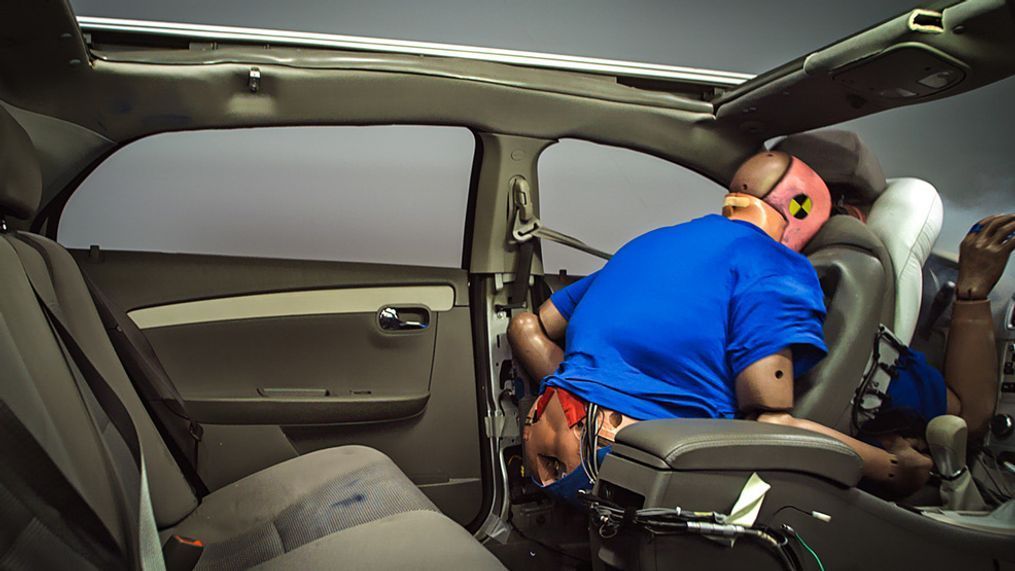Do you buckle up in the backseat?

If you answered no – and more than 25 percent of you probably did – you should.
According to a 2015 study by the Insurance Institute for Highway Safety, which looked at occupant safety in model 2000 and newer passenger vehicles, unrestrained rear-seat passengers are 8 times more likely to be seriously injured in a crash than their belted counterparts.
Not enough of a reason to buckle up? How’s this stat: More than half of the people who die in car crashes are unbelted.
"For most adults, it is still as safe to ride in the back seat as the front seat, but not if you aren't buckled up," Jessica Jermakian, an IIHS senior research engineer and a co-author of the study, said in a press release. "That applies to riding in an Uber, Lyft or other hired vehicle, too."
In a new study, IIHS took a closer look at rear-seat belt use and discovered that only 72 percent of those surveyed “always” buckle up in the backseat.
Other key findings of the study include:
- Passengers who are between 35 and 54 are least likely to buckle up in the backseat.
- 76 percent of passengers 55 and older always belt in.
- 73 percent of passengers between 18 and 34 buckle up in back.
- Women are more likely to buckle up in back than men.
- Adults who had attended college are more likely to buckle up than those with less education.
- Only 57 percent of passengers in the back of a taxi or ride-hailing service use a seatbelt.
So what reasons do people give for not buckling up? They forget. It’s uncomfortable. It’s difficult to use. But the most frequent reason people give for not buckling up in the back: They believe the rear seat is safer and buckling up isn’t necessary.
If you think your decision not to belt up only affects you, think again. According to IIHS, a 2013 University of Virginia Study found that drivers are twice as likely to be fatally injured in a crash when the rear seat passenger is unbelted. Why? Because an unbelted passenger becomes a projectile in a crash.
IIHS has shown in sled tests that an unbelted dummy in the backseat will slam into the back of a driver’s seat sandwiching the driver dummy between the seat and front airbag.
What would make the reluctant belt bucklers more likely to latch up? The top three answers from the survey are:
- Someone in the car reminded me.
- If the driver could get pulled over because I’m not wearing my safety belt.
- There was an audible belt reminder.
Our take
I’ve religiously belted up in the back since I was 8 years old and the car I was in slid off an icy road into a ditch. I nearly choked on a sucker that was jammed into my throat when I hit the driver’s seat in front of me.
This sentiment was reinforced when I learned that John Nash (of “A Beautiful Mind” fame) died during a crash while he was unbelted in the back seat of a taxi in 2015.
I now insist that anyone in my car belts up. Period. I love that automakers like Jaguar and Land Rover have belt minders for both front and rear passengers, and I’m hopeful that more automakers will implement this feature in the near feature.
In the meantime, drivers, all you have to do is check your rearview mirror and keep your car in park until all passengers are belted in -- it could save your live as well as theirs.
